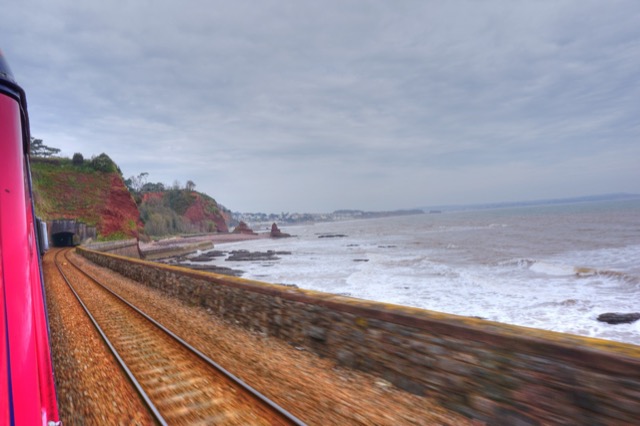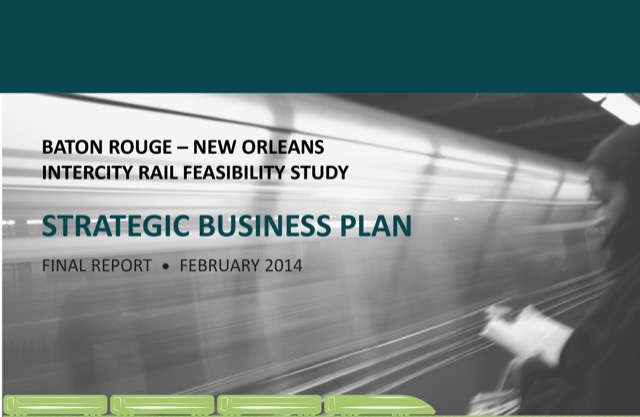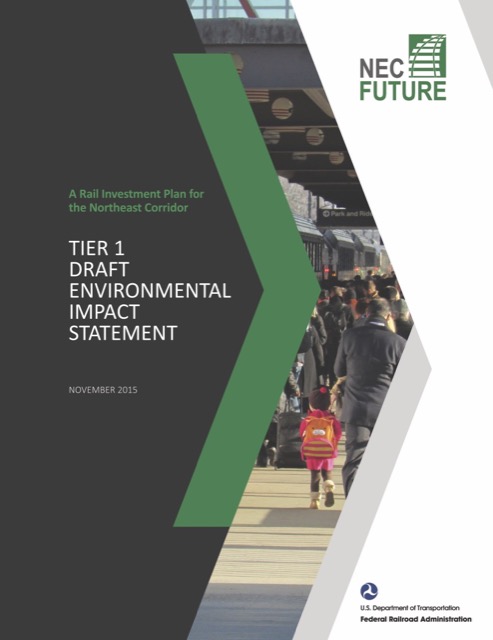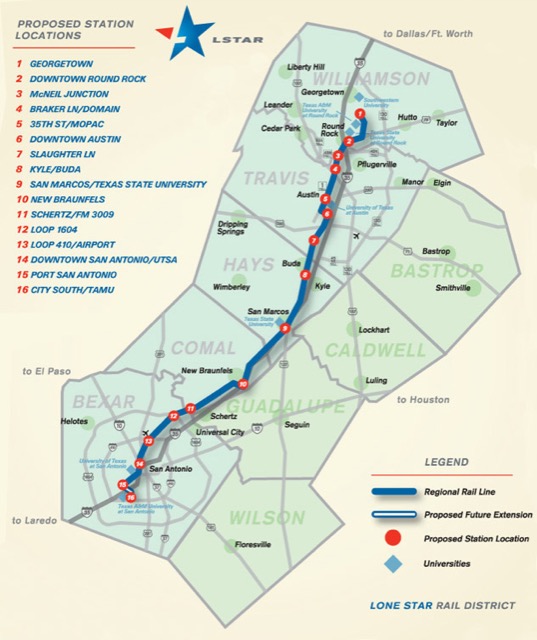The National Transportation Safety Board hasn’t made any final determinations, but it’s looking more like the September 29 New Jersey train crash could have been prevented by positive train control (PTC) systems that Congress has mandated but the railroads have failed to install. This is going to lead to a spate of articles accusing New Jersey Transit and other railroads and transit agencies of dragging their feet in installing PTC. Yet the Antiplanner isn’t positive that positive train control is the best way to make rail lines safer.
According to National Transportation Statistics table 2-39, since 1990 an average of 8 passengers and 26 railroad employees have been killed per year in accidents, many of which could have been prevented by positive train control. Meanwhile, an average of 416 people per year have been killed when struck by trains at grade crossings and another 354 have been killed when struck by trains because they were trespassing on tracks. None of those deaths could have been prevented by positive train control.
That suggests that positive train control, which the Association of American Railroads says is likely to cost $10 billion, may not be the most cost-effective way of making railroads safer. Every death is tragic, but if the $10 billion the railroads have to spend to save 34 lives a year could have been spent improving grade crossings and fencing off railroad rights of way, it might be able to save hundreds of lives per year instead.











